Description
By Yan Shi-Lin & Li Zheng-Hua
Set of Five Trade Paperback Books
ISBN’s 9780912111872, 9780912111797, 9780912111858, 9780912111865, 9780912111841
1497 Collective Pages (Spleen 224p, Kidney 476p, Liver 378p, Heart 200p, & Lung 219p)
Pathomechanisms describe the dynamic process through which disease develops and transforms in the body. While pattern diagnosis provides the practitioner with a snapshot picture of the current state of illness, it is a thorough understanding of pathomechanisms that allows one to predict and prevent the progression of disease. A comprehensive knowledge of the pathomechanisms involved in a given case allows treatment to be more holistic, preventative, and effective. In modern China, pathomechanisms have become a major focus of Chinese medical literature and education. Up to now, relatively little of this material has been transmitted to the West, and consequently many practitioners have failed to go beyond pattern diagnosis to examine the underlying disease process that produces the patterns. Thus, pathomechanisms are often described as a “missing link” in a Westerner’s Chinese medical education. Paradigm’s new series of texts devoted to pathomechanisms attempts to bridge this gap so that practitioners may advance their knowledge and reap the rewards of greater clinical success.
This series of works provides invaluable aid for all students and practitioners of Chinese medicine, contributing important insights and helping to maximize clinical results.
Pathomechanisms of the Spleen provides a thorough glimpse into the various manifestations of spleen disease in Chinese medicine. Part 1 discusses repletion conditions of the spleen, including spleen qi depression, thought and preoccupation stagnating in the spleen, cold-damp encumbering the spleen, phlegm turbidity obstructing the spleen, food and drink damaging the spleen, and static blood accumulating in the spleen – and spleen fire (yang) exuberance – including spleen channel repletion fire and damp-heat brewing in the spleen. The second section presents vacuity conditions, including vacuity of spleen qi, spleen yang, and spleen yin. Each pathomechanism is described in detail with references to its historical development, then further differentiated by the specific etiological factors. Each subsection discusses the origins and development of ideas relevant to this pathology, then gives the various symptoms, treatment strategies, and specific formulas, often with modifications to address the particular symptoms more directly. It is here that the author offers a review of relevant literature, spanning the entire range of traditional medical literature beginning with the early classics. For each text, he gives the specific quotations and then paraphrases and explains it. This provides the reader a sense of the historical evolution as well as the various clinical perspectives on each pathomechanism. At the conclusion of each section, the author summarizes the information in a useful table that differentiates again by etiology and then lists specific symptoms in each case. The appendices include a section on modern research, a Chinese-English bibliography in alphabetical order (with both classical texts and journal articles on modern research) and a Chinese bibliography organized by stroke number.
Pathomechanisms of the Kidney describes the repletion conditions of the kidney, including kidney-channel wind-cold, wind-heat, wind-damp, cold-damp, damp-heat, repletion fire, static blood, phlegm turbidity, stones in the kidney channel, and kidney channel qi stagnation. The second section presents vacuity conditions, including vacuity of kidney yang, of kidney qi, and of kidney yin, insufficiency of kidney essence, dual vacuity of kidney yin and kidney yang, and kidney vacuity verging on desertion. Each pathomechanism is described in detail with references to its historical development, then further differentiated by the specific etiological factors. Each subsection discusses the origins and development of ideas relevant to this pathology, then gives the various symptoms, treatment strategies, and specific formulas, often with modifications to address the particular symptoms more directly. It is here that the author offers a review of relevant literature, spanning the entire range of traditional medical literature beginning with the early classics. For each text, he gives the specific quotations and then paraphrases and explains it. This provides the reader a sense of the historical evolution as well as the various clinical perspectives on each pathomechanism. At the conclusion of each section, the author summarizes the information in a useful table that differentiates again by etiology and then lists specific symptoms in each case. The appendices include a section on modern research, a Chinese-English bibliography in alphabetical order (with both classical texts and journal articles on modern research) and a Chinese bibliography organized by stroke number.
Pathomechanisms of the Liver describes repletion conditions of the liver, including liver qi depression, crosswise counterflow of liver qi, counterflow ascent of liver qi, downpour of liver qi, and evil scurrying in the sinews. It also presents liver vacuity conditions, including vacuity of liver blood, liver yin, liver qi, and liver yang. Each pathomechanism is described in detail with references to its historical development, then further differentiated by the specific etiological factors. Each subsection discusses the origins and development of ideas relevant to this pathology, then gives the various symptoms, treatment strategies, and specific formulas, often with modifications to address the particular symptoms more directly. It is here that the author offers a review of relevant literature, spanning the entire range of traditional medical literature beginning with the early classics. For each text, he gives the specific quotations and then paraphrases and explains it. This provides the reader a sense of the historical evolution as well as the various clinical perspectives on each pathomechanism. At the conclusion of each section, the author summarizes the information in a useful table that differentiates again by etiology and then lists specific symptoms in each case. The appendices include a section on modern research, a Chinese-English bibliography in alphabetical order (with both classical texts and journal articles on modern research) and a Chinese bibliography organized by stroke number.
Pathomechanisms of the Heart. This book is an original text written in Chinese for Paradigm Publications and translated to English. The text is drawn from many classical texts to reinforce the primary material. The Pathomechanisms series offers an in-depth analysis of the origins and disease progression for each of the zang organs of the body. These books not only lay the theoretical ground work, they are also supported by appropriate investigations of historical texts and modern medical research. To facilitate comprehension, sample formulas and herbs appropriate to each section of discussion are included.
Let us look for example at the first in the series of five, Pathomechanisms of the Heart. The first section of this text discusses repletion conditions of the heart, including qi stagnation, phlegm obstruction, blood stasis, heart repletion cold, heart repletion heat, dampness encumbering the heart, and water assailing the heart. The second section details vacuity conditions, including vacuity of heart qi, heart yang, heart blood, and heart yin.
Each pathomechanism is described in detail with references to its historical development, then further differentiated by the specific etiological factors. Each subsection discusses the origins and development of ideas relevant to this pathology, then gives the various symptoms, treatment strategies, and specific formulas, often with modifications to address the particular symptoms more directly. It is here that the author offers a review of relevant literature, spanning the entire range of traditional medical literature beginning with the early classics. For each text, he gives the specific quotations and then paraphrases and explains it. This provides the reader a sense of the historical evolution as well as the various clinical perspectives on each pathomechanism. At the conclusion of each section, the author summarizes the information in a useful table that differentiates again by etiology and then lists specific symptoms in each case. Pathomechanisms of the Heart /I> also contains a section on modern research, a Chinese-English bibliography in alphabetical order (with both classical texts and journal articles on modern research) and a Chinese bibliography organized by stroke number.
The understanding of pathomechanisms of different organs is crucial to an understanding prognosis in TCM. As a logical way of comprehending diseases, it serves as a bridge between the patient and doctor and can help the TCM practioner accurately grasp the dynamics in the prognosis of disease. This series is an invaluable aid for all students and practitioners of Chinese medicine.
Pathomechanisms of the Lung discusses repletion conditions of the lung, including impaired diffusion of the lung, impaired depurative downbearing of the lung, and impaired diffusion and downbearing of the lung. The second section presents vacuity conditions, including vacuity of lung qi, lung yang, lung yin, and lung blood. Each pathomechanism is described in detail with references to its historical development, then further differentiated by the specific etiological factors. Each subsection discusses the origins and development of ideas relevant to this pathology, then gives the various symptoms, treatment strategies, and specific formulas, often with modifications to address the particular symptoms more directly. It is here that the author offers a review of relevant literature, spanning the entire range of traditional medical literature beginning with the early classics. For each text, he gives the specific quotations and then paraphrases and explains it. This provides the reader a sense of the historical evolution as well as the various clinical perspectives on each pathomechanism. At the conclusion of each section, the author summarizes the information in a useful table that differentiates again by etiology and then lists specific symptoms in each case. The appendices include a section on modern research, a Chinese-English bibliography in alphabetical order (with both classical texts and journal articles on modern research) and a Chinese bibliography organized by stroke number.


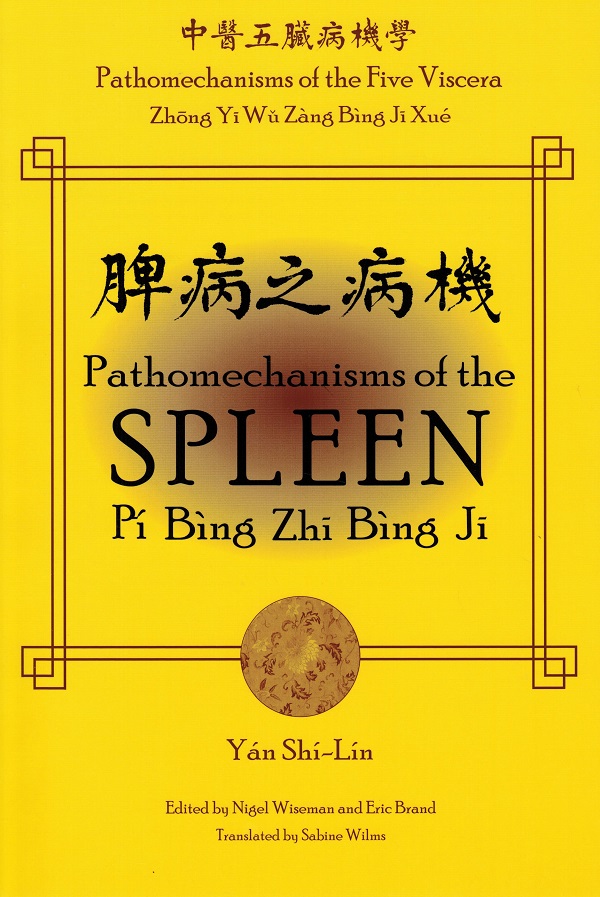
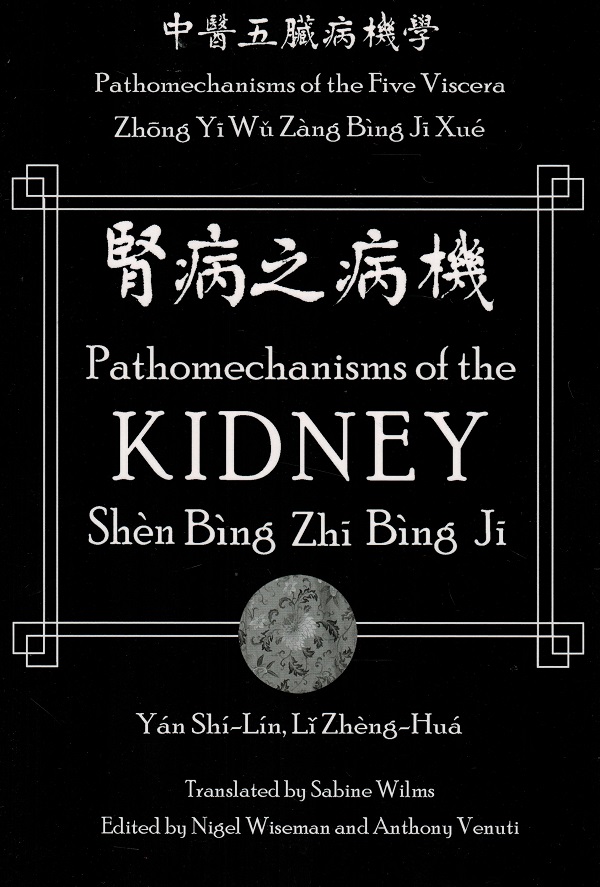
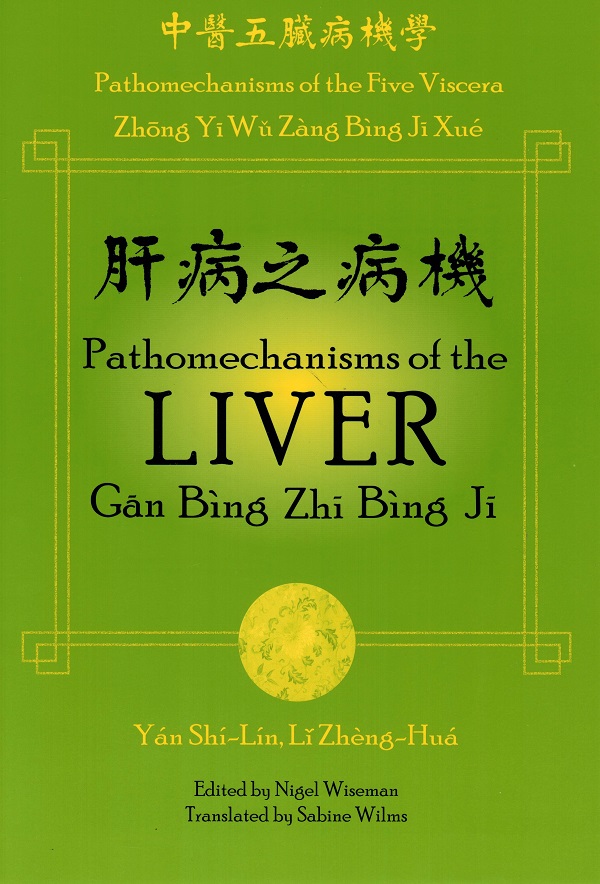
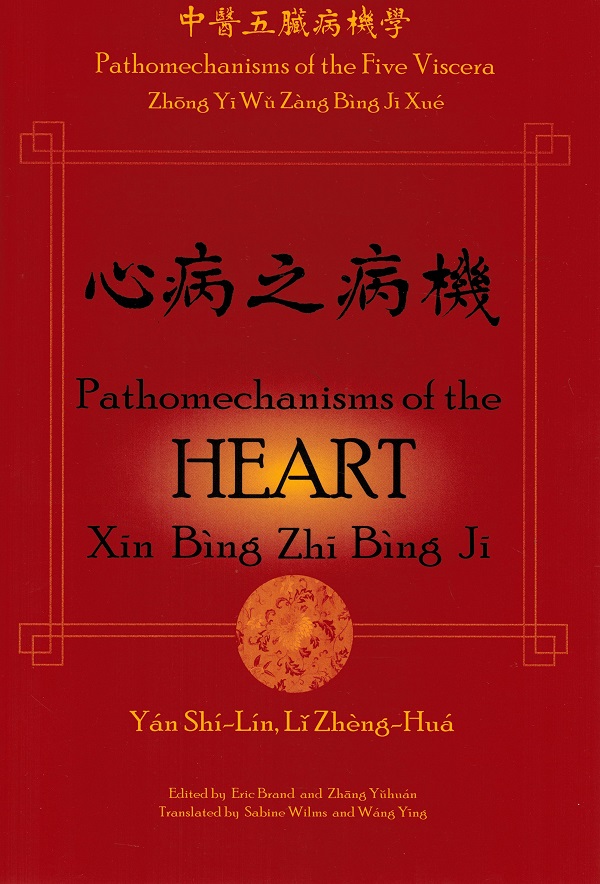

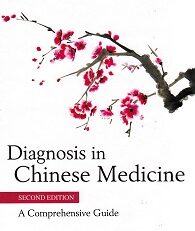
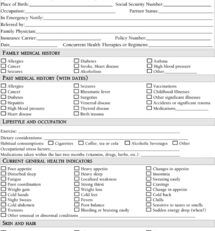
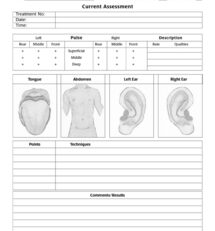

Reviews
There are no reviews yet.